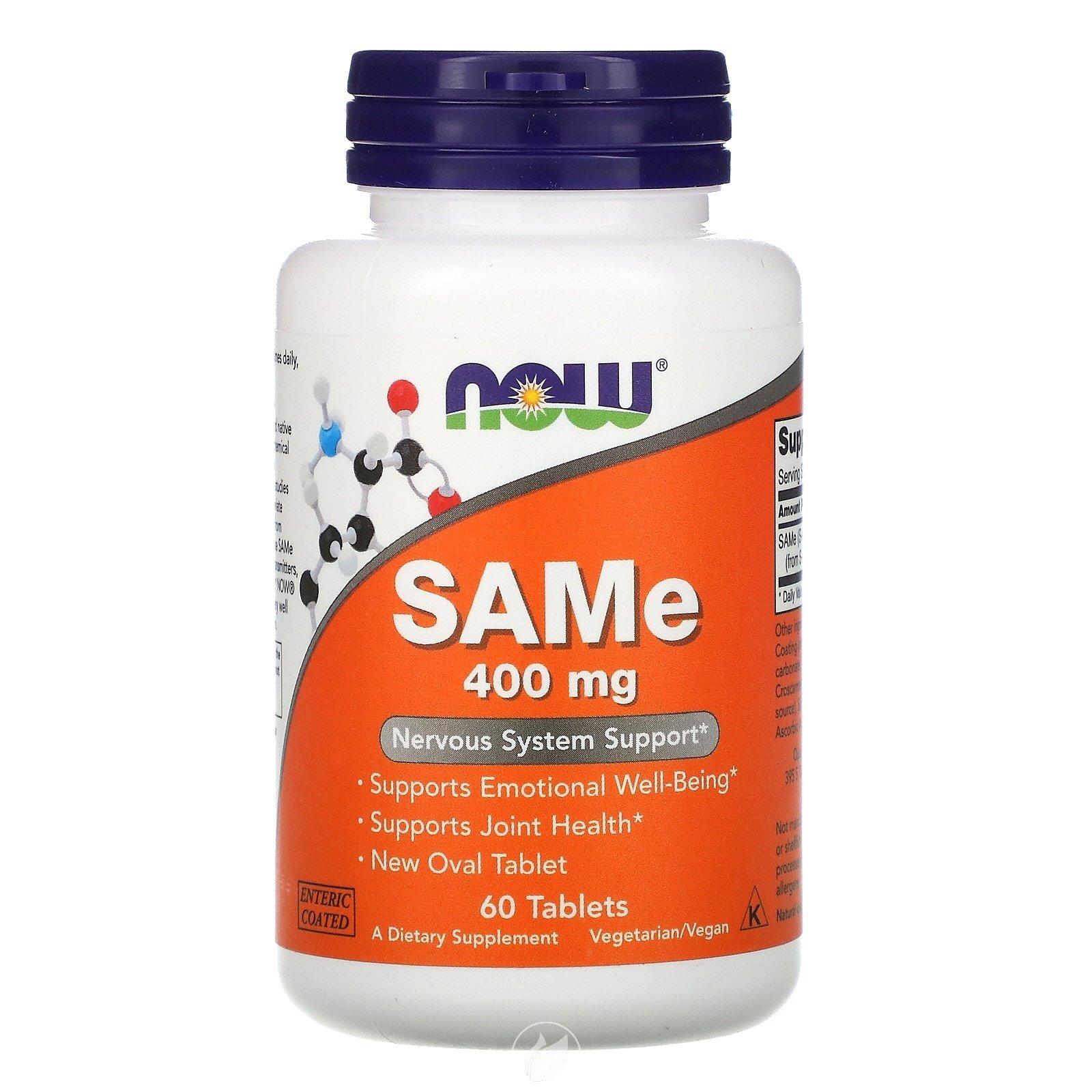S-Adenosyl-L-Methionine (SAMe): Overview, Determination, and Benefits
Introduction
S-Adenosyl-L-Methionine (SAMe) is a naturally occurring compound with significant physiological roles, including acting as a methyl donor in various biochemical processes. It is crucial in the synthesis of sulfur-containing compounds such as glutathione and cartilage components. SAMe has been widely used as a dietary supplement in Europe since 1975 and in the United States since 1999, marketed primarily for managing conditions like depression, osteoarthritis, fibromyalgia, liver disorders, and migraine headaches.
Determination of SAMe in Dietary Supplements
The accurate determination of SAMe content in dietary supplements is vital for quality control. A robust liquid chromatographic (LC) method has been developed for this purpose. The method involves extracting SAMe from dietary supplement tablets using a phosphate buffer, followed by separation on a reversed-phase C8 column via ion-pair chromatography. The mobile phase includes phosphate buffer, sodium octanesulfonate as the ion-pair reagent, and acetonitrile, with a flow rate of 1.2 mL/min and UV detection at 257 nm.
Key Analytical Parameters
Linearity and Calibration: The calibration curve for SAMe is linear over a concentration range of 75-375 µg/mL, with an R² value of 0.9999. This indicates excellent linearity of the method.
Reproducibility: The method shows good reproducibility with a relative standard deviation (RSD) of 0.9% across eight replicate tests.
Accuracy: Multiple extractions and recoveries from fortified products demonstrated high accuracy, with an average recovery rate of 99.3% and an RSD of 1.6%.
Stability and Extraction Efficiency
SAMe is chemically unstable, especially in aqueous solutions and at higher pH levels. The extraction efficiency of SAMe from tablets is optimized using 100 mL of 25mM NaH₂PO₄ buffer with a 20-minute extraction time. This ensures high recovery and accurate quantification. The stability of SAMe in solution is best maintained at a pH range of 2-5, and the compound is stable for several hours at room temperature within this pH range.
Clinical Efficacy of SAMe
Research has compared the efficacy of SAMe to nonsteroidal anti-inflammatory drugs (NSAIDs) and COX-2 inhibitors in managing osteoarthritis (OA). In a double-blind, cross-over trial, SAMe (1200 mg) was compared with celecoxib (Celebrex 200 mg) over 16 weeks for pain control and functional improvement in knee OA patients. The study found:
Onset of Action: Celecoxib showed a faster onset of action in reducing pain compared to SAMe in the first month. However, by the second month, the difference between the two treatments was not significant.
Long-term Efficacy: Both SAMe and celecoxib significantly improved pain and functional health from baseline. The overall effectiveness of SAMe was comparable to celecoxib, with fewer side effects noted.
Conclusion
SAMe is a valuable dietary supplement with proven benefits in managing various health conditions. The development of a reliable and accurate LC method ensures the quality and potency of SAMe products in the market. Clinical studies support its use as an effective alternative to traditional NSAIDs and COX-2 inhibitors for osteoarthritis management, with the added advantage of fewer side effects. As research continues, the optimal dosing and long-term benefits of SAMe will become clearer, further establishing its role in complementary and alternative medicine.

